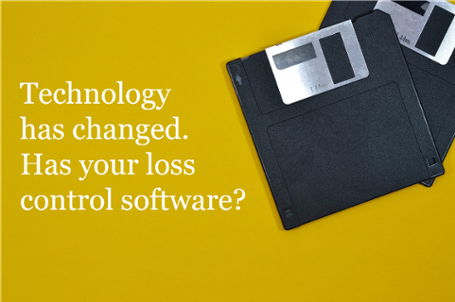The insurance industry has globally stood the test of time. In the United States, ever since Benjamin Franklin founded The Philadelphia Contributionship for the Insurance of Houses from Loss by Fire in 17521, insurance carriers have played a massive role in the American economy. It begins to beg the question, why is this? Of course there are very legitimate points to be made about insurance in general being necessary to the average citizen/corporation, as well as being fundamental in the economic advancement of a nation. To dig deeper on this, I want to explore one of the core principles of the insurance carrier, conservative risk aversion. How has this one principle assisted in growing the industry into an economic powerhouse? What affects does this have on the carrier of today (positive or negative)? How will the adherence to this guiding ideology affect the industry and individual companies into the future?
Let’s start with the very basics. Conservative risk aversion, when harnessed in the disciplines of risk selection and pricing can be a very powerful tool. This is one of the reasons why insurance companies are so profitable to begin with. They are selective with what they write, and often accurate in the way they price. This combination keeps loss ratios low, profits high, and investors and policyholders alike quite happy. This has been true since the 18th century. There is no denying that carriers exist on a spectrum of conservative risk aversion depending on what lines they write, their overall appetite for risk, and the assertiveness of their executives. Each company is different. From the historical perspective, this is all well and good and will push the discipline further into the future, but from the contemporary perspective one can draw quite a different conclusion.
Insurance has changed immensely since 1752 in the United States. An industry that for many years existed in a silo is now but a foreground in a landscape of technological advancements, globalization and fierce inter-industry competition. Although the principle of conservative risk aversion still stands its ground when it comes to risk selection and pricing it does not do as well from an evolutionary perspective. Technology and competition force the insurance carrier to evolve at a rate that often supersedes what is allowable from those that adhere to the notion of conservative risk aversion. Here lies a problem. What can yield success strictly from an insurance viewpoint, can also be detrimental from a more holistic business perspective. This can create quite the identity crisis. If an element of behaviour that is the root of my success can also be something that holds me back, what do I do? The answer lies in identifying the appropriate equilibrium between conservatism and frontiermanship and the answer for every company could be different.
In practice, quite often the cautious roots of insurers seep into the way they make all of their decisions. Whether this be structural reorganization, rolling out new product offerings, or the adoption of new technology; these things take much longer in insurance than in many other major industries. The benefit of this is that decisions made at this scale are often very calculated and purposeful moves that benefit the carrier. The down side to this is that it can make insurance carriers non-agile and slow to respond to the changing corporate landscape that they exist in. This can become problematic when a parallel is drawn between how quickly an insurance company can make a decision and the fact that the advancement of technology is exponential. Technology will continue to advance, and continue to increase the speed at which these advancements occur as time goes on. When you couple this concept with the fact that the insurance industry is highly competitive it becomes clear that agility (being able to make decisions in a swift and calculated manner) is a key differentiator between those that will advance at a competitive pace and those that will not.
For those of you reading this blog post that have been in insurance for quite some time, this truth seems obvious and has most likely been glaring you in the face for most of your career. I encourage you to evaluate your decision making processes to identify redundancies and see where improvements can be made. Once urgency is understood as a key component of how decisions should be made at insurance companies, this can lead to an introspective reassessment of how things should be done in the modern world. Find the right equilibrium for your organization between conservatism and frontiermanship in business-driven decision making, and the results will be fruitful. As someone much smarter than myself once proverbially said, “Necessity is the mother of invention” and I posit that today there is a necessity to reinvent the concept of risk-tolerance to mesh with a willingness to adapt operationally.
Sources:1. Khalamayzer, A. (2012, April 19). The Birth of Insurance: Oldest U.S. Companies. Retrieved from http://www.propertycasualty360.com/2012/04/19/the-birth-of-insurance-oldest-us-companies?t=catastrophe-restoration&slreturn=1516286473


